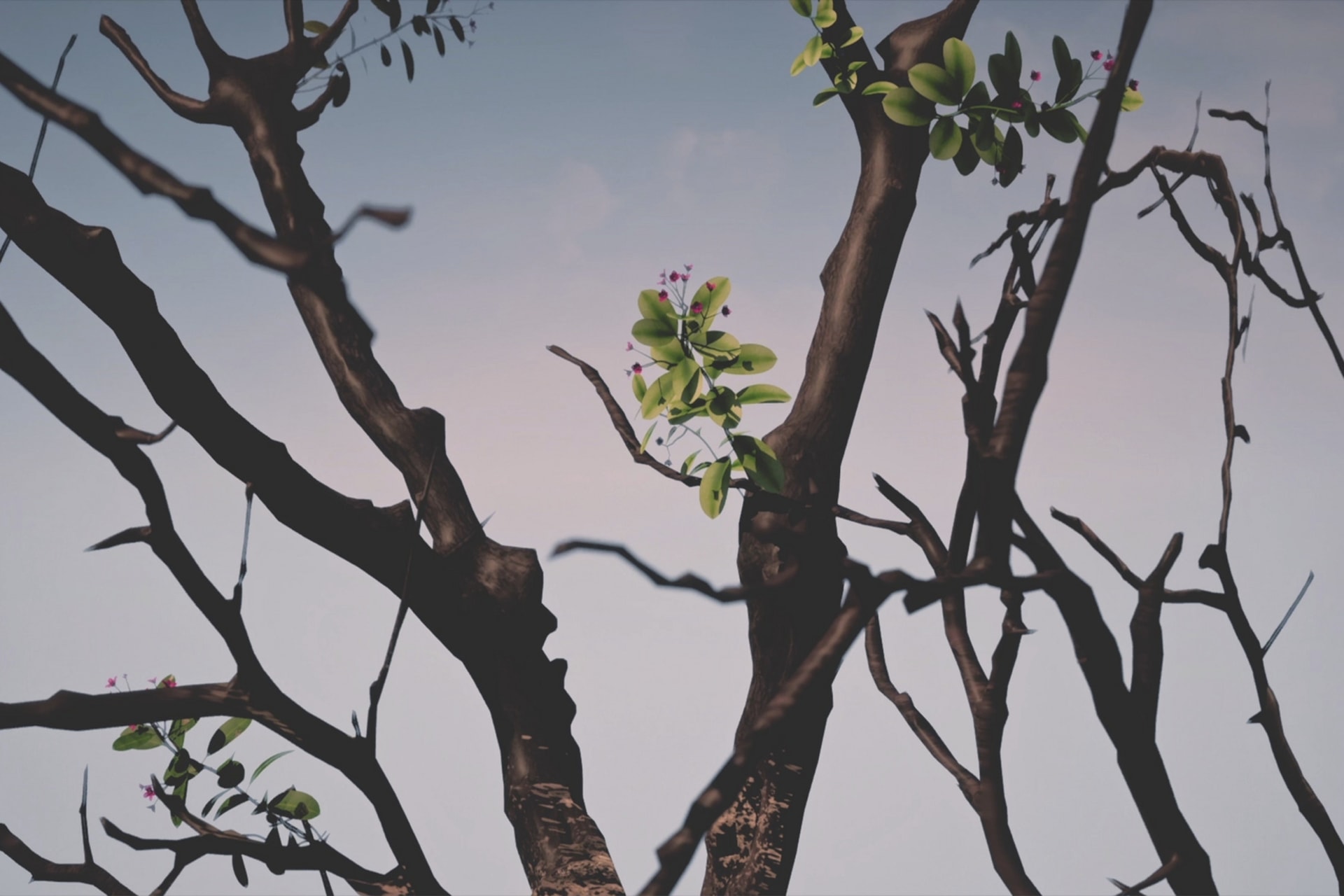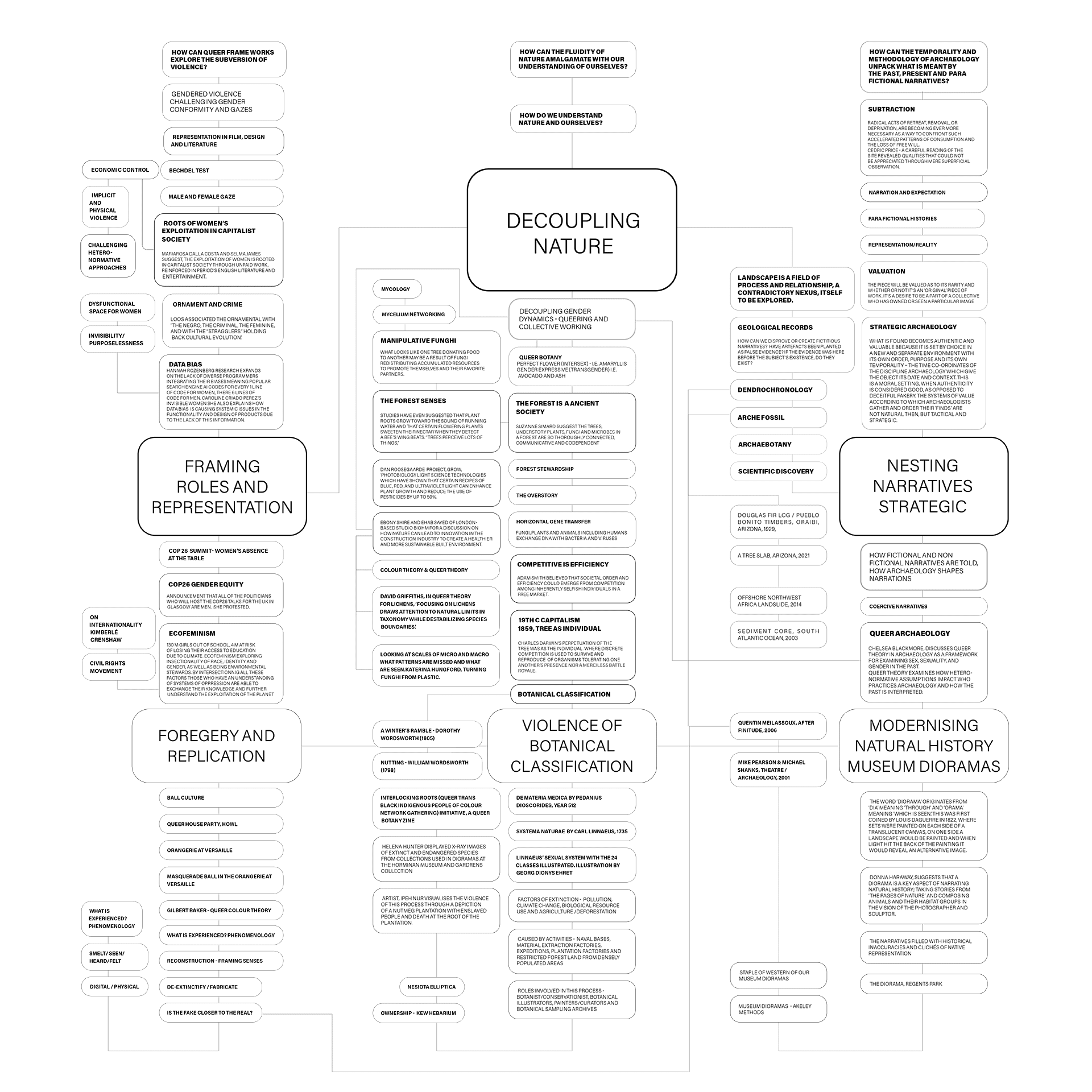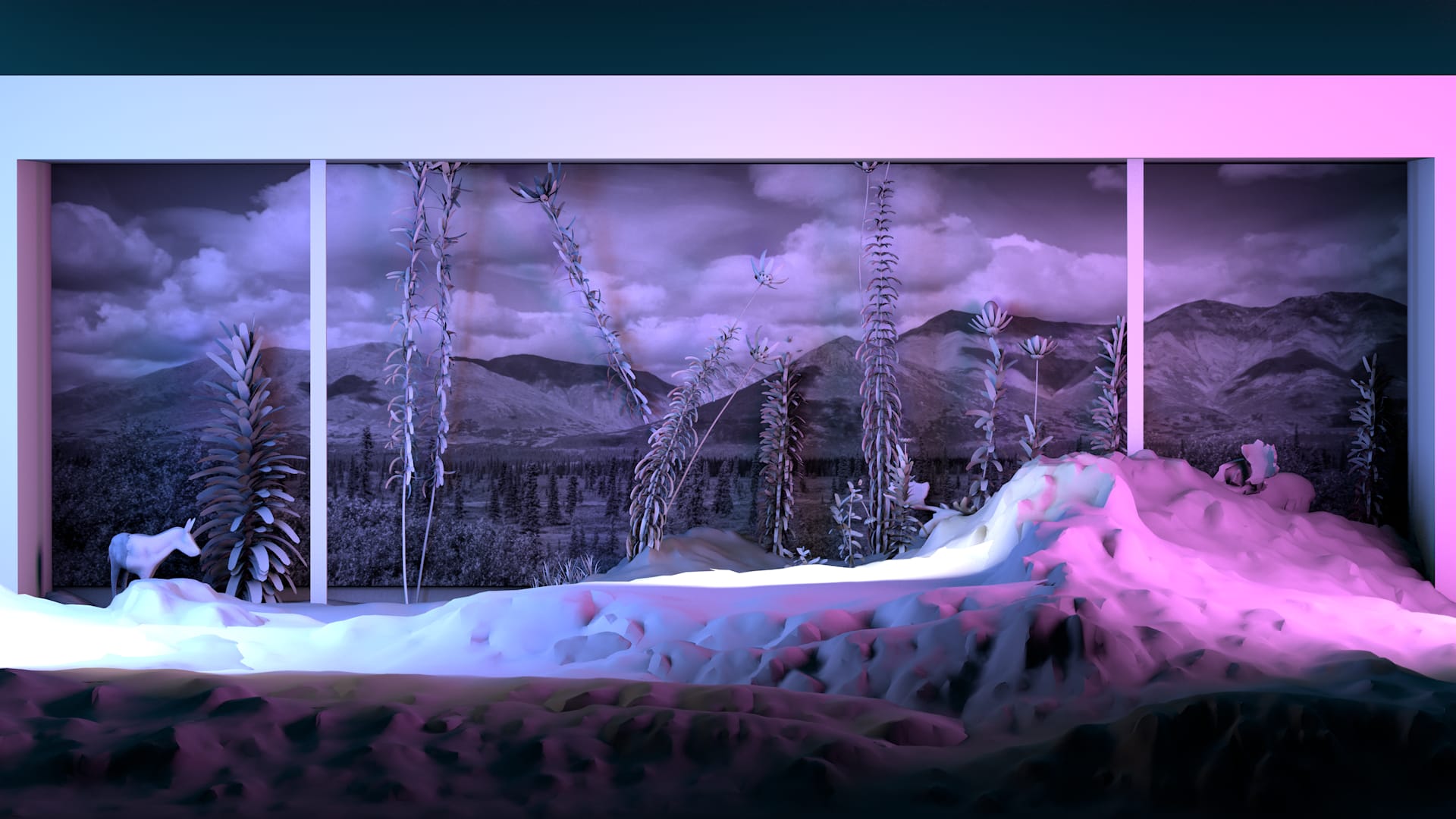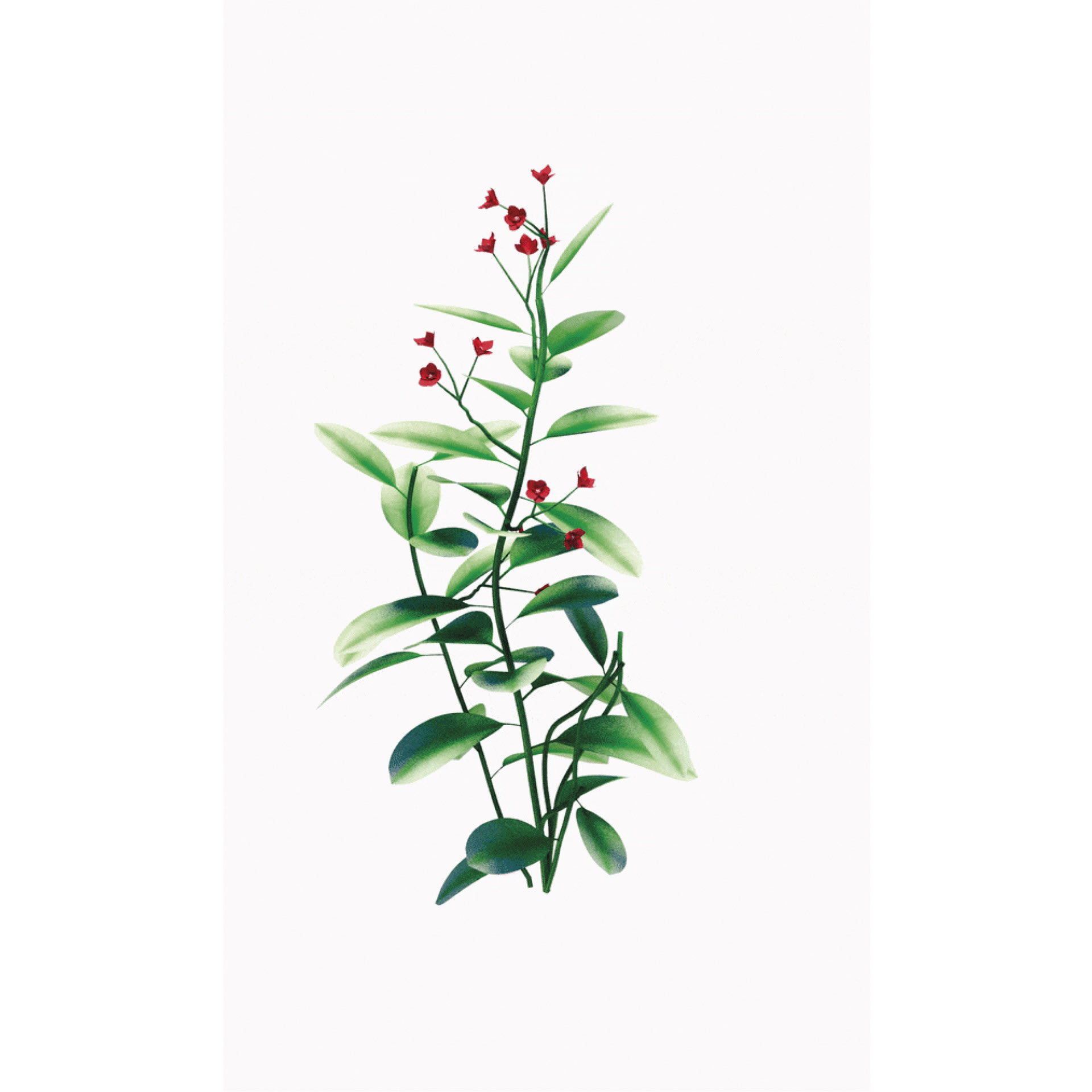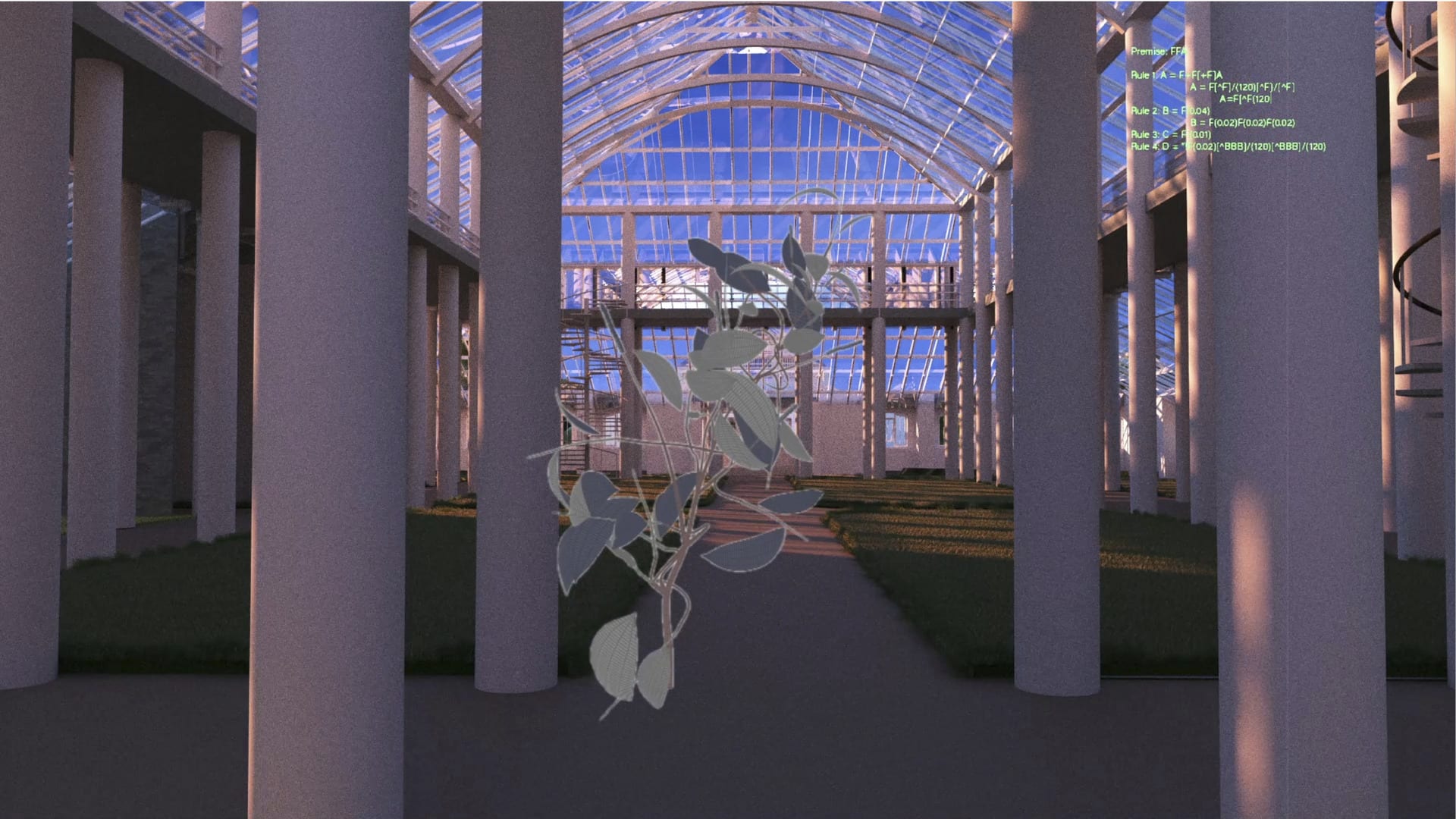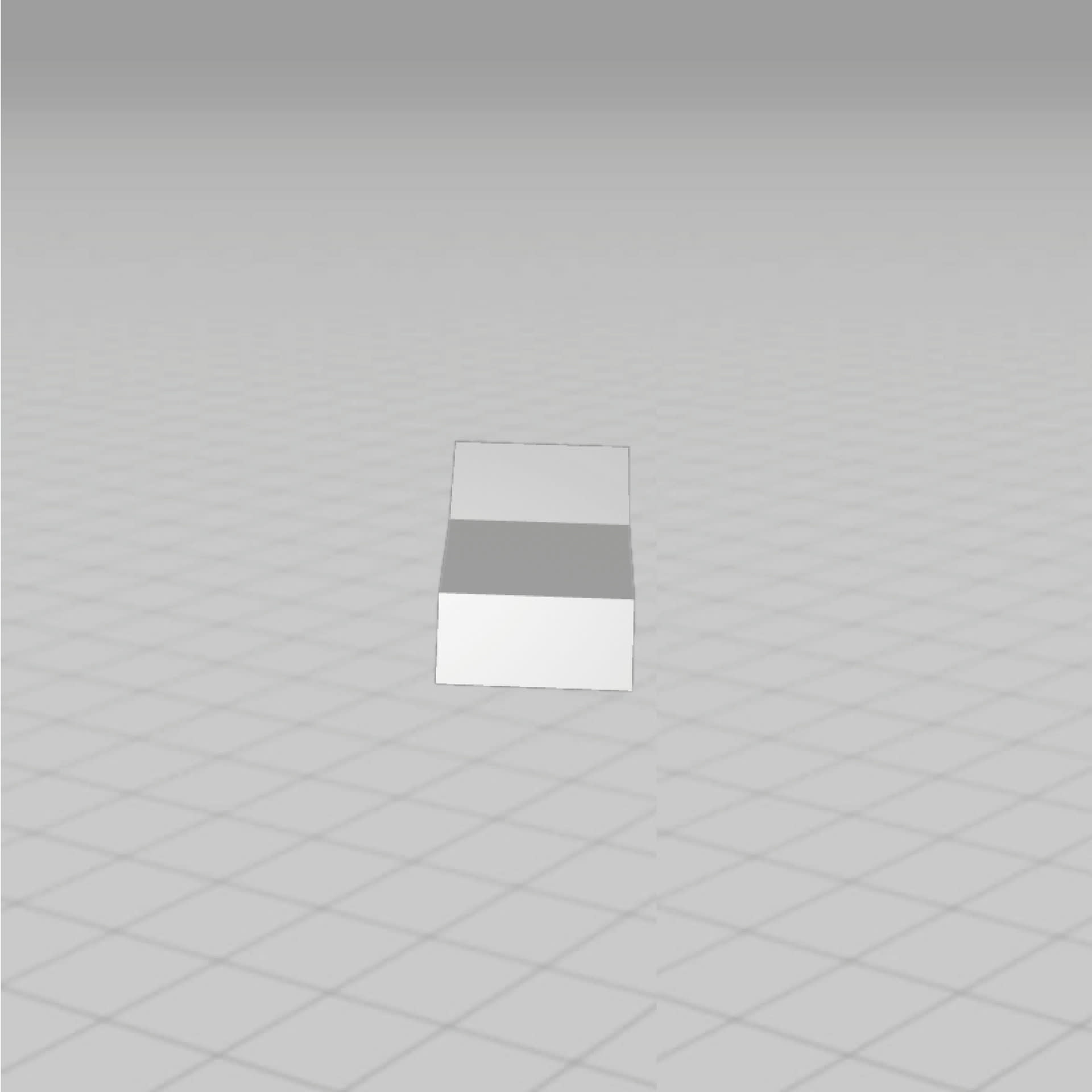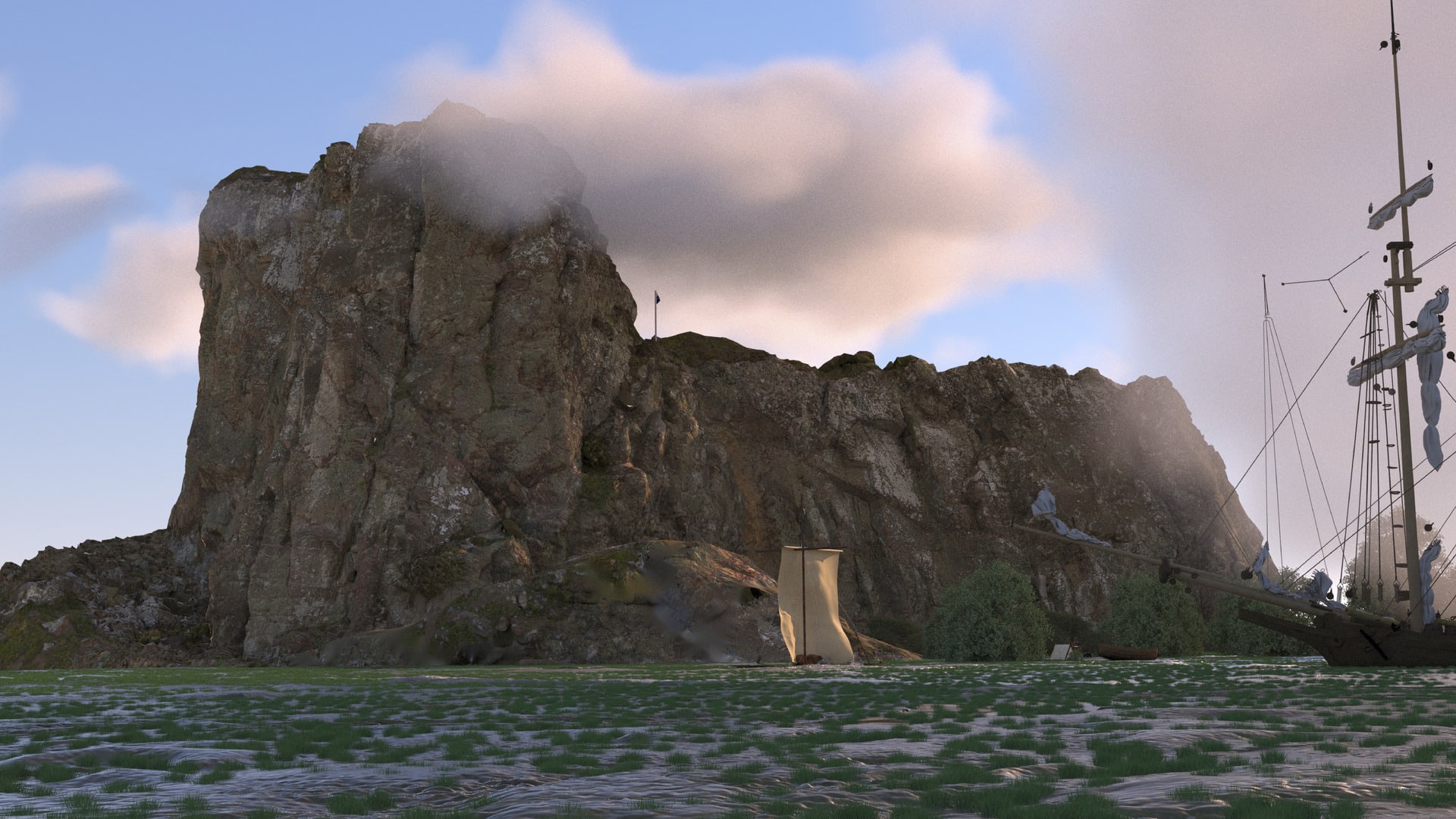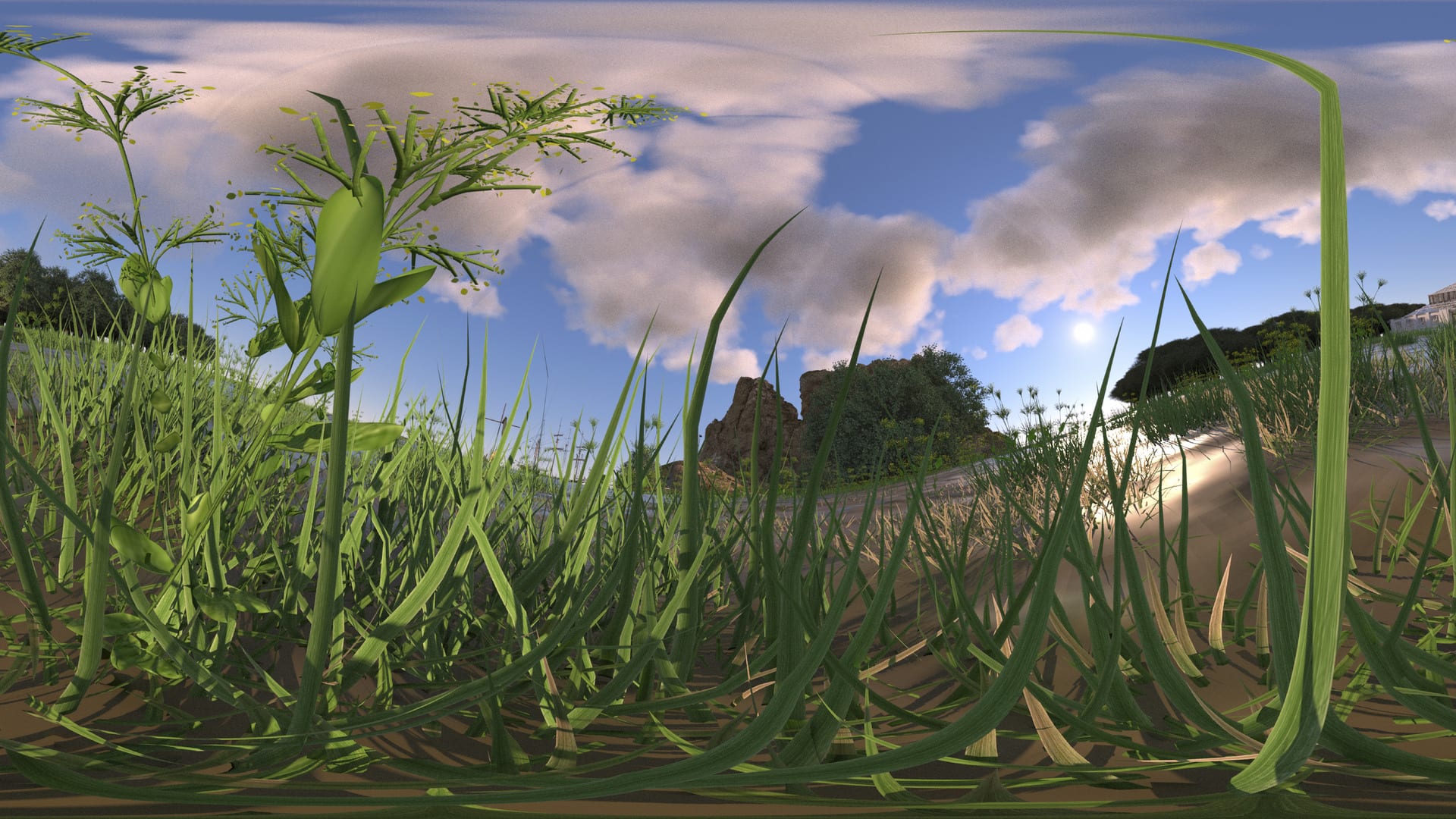Alba Imeri’s work is situated within botanical research, staging and installation. Presenting ideas and questions centred around forgery and narrative, with an interest in natural history dioramas, her work addresses concerns of taxonomical methodologies through the queer botany and the extinction of botanical species. Through biological and sensory research, the work attempts to present the forgotten and extinct human and non-human agencies. The work attempts to ask broader questions on the value of authenticity, the violence of samping, and the material tangibility of dioramas.
Situated in London, Alba completed her undergraduate studies in Architecture at Central Saint Martins, followed by a professional background including residential, conservation and community engagement projects, she often looks at the way architecture can serve as a meditative and interactive body. During her time in practice, Alba also participated in competitions such as Stephen Lawrence Charitable Trust’s 18-mile marker for the London Marathon as well as a scholarship to the AA visiting school at Hooke Park working on a collaborative project based in the Dorset Wildlife Trust where she learned fundamental methods of making.
In ADS4 Party Animals, her project focuses on unravelling existing modes of interpreting nature through dioramas, archives and scientific discoveries.
